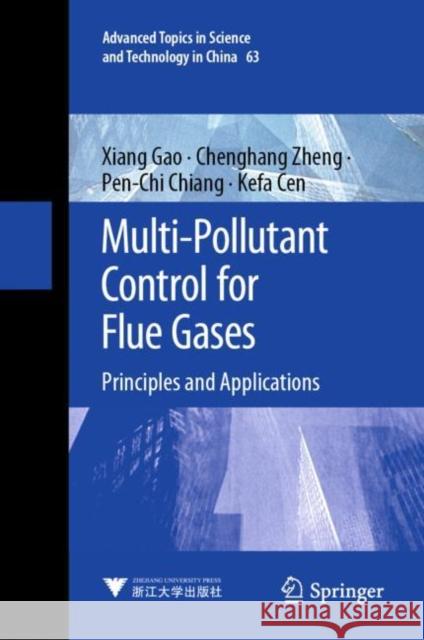Multi-Pollutant Control for Flue Gases: Principles and Applications » książka
topmenu
Multi-Pollutant Control for Flue Gases: Principles and Applications
ISBN-13: 9789811615160 / Angielski / Twarda / 2021 / 323 str.
Multi-Pollutant Control for Flue Gases: Principles and Applications
ISBN-13: 9789811615160 / Angielski / Twarda / 2021 / 323 str.
cena 605,23 zł
(netto: 576,41 VAT: 5%)
Najniższa cena z 30 dni: 578,30 zł
(netto: 576,41 VAT: 5%)
Najniższa cena z 30 dni: 578,30 zł
Termin realizacji zamówienia:
ok. 22 dni roboczych
Bez gwarancji dostawy przed świętami
ok. 22 dni roboczych
Bez gwarancji dostawy przed świętami
Darmowa dostawa!
Kategorie:
Kategorie BISAC:
Wydawca:
Springer
Seria wydawnicza:
Język:
Angielski
ISBN-13:
9789811615160
Rok wydania:
2021
Wydanie:
2021
Numer serii:
000354743
Ilość stron:
323
Waga:
0.59 kg
Wymiary:
23.88 x 32.51 x 2.03
Oprawa:
Twarda
Wolumenów:
01











